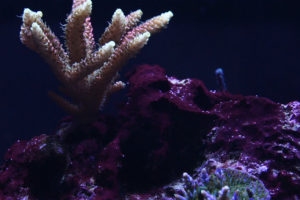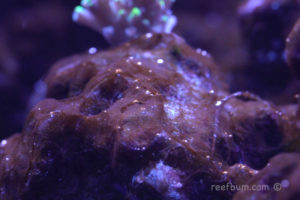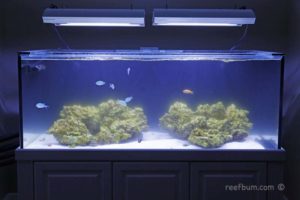
Another Option for an AEFW Dip
Potassium chloride (KCL) is a great dip for AEFW. It is not hazardous to humans like the Bayer dip and it is a clear solution, allowing you to see AEFW.

Potassium chloride (KCL) is a great dip for AEFW. It is not hazardous to humans like the Bayer dip and it is a clear solution, allowing you to see AEFW.

Bacteria dosing these days is not limited to new reef tanks. Many reef keepers dose bacteria to established tanks. Is this necessary?

Problematic algae can take hold in frag tanks and cause numerous issues. Here are some tips for keeping a frag tank algae free.

Reef keepers have long debated whether the constant use of a UV sterilizer is helpful or harmful to a saltwater reef tank.

In theory, adding nitrates via an additive will make it possible for bacteria to consume phosphate and drive it down, a possible solution for eliminating cyano.

Despite my best efforts to avoid an ugly phase with my new peninsula tank, dinos popped up at the seventh month mark. Time to nuke the dreaded brown snot.

There are many moving parts when it comes to keeping a successful reef tank and a tank can go south in a hurry if one of those parts gets out of whack.

Cyano is a common pest that can rear its ugly head when excess nutrients are present. It is often referred to as a form of algae but it is actually a bacteria.

Can algae be eradicated from a reef tank by turning the tank lights out for three days? Or is this just putting a band aid on the problem?

Diatoms are a brown algae that typically appear in a reef tank that has just completed its cycle. How do you eliminate and prevent diatoms in a reef tank?

Starting and maintaining a successful reef tank is not an easy task, even for veterans of the hobby. There are many curveballs capable of derailing a tank.

The best way to keep AEFW from entering a tank is to dip them in something that will kill them and not the coral. I use Bayer Advanced Complete Insect Killer.